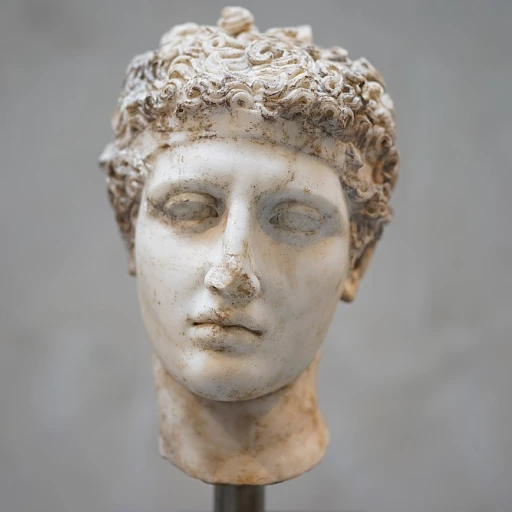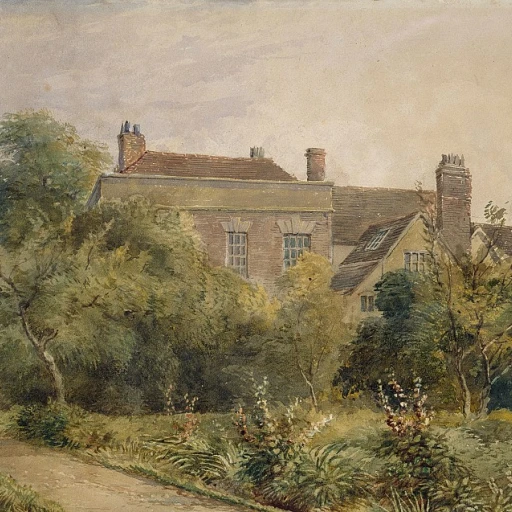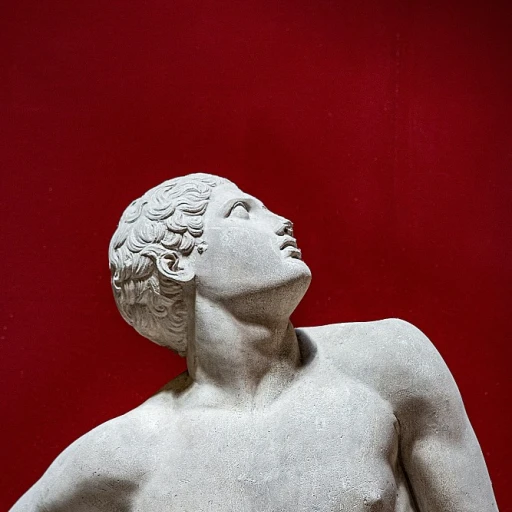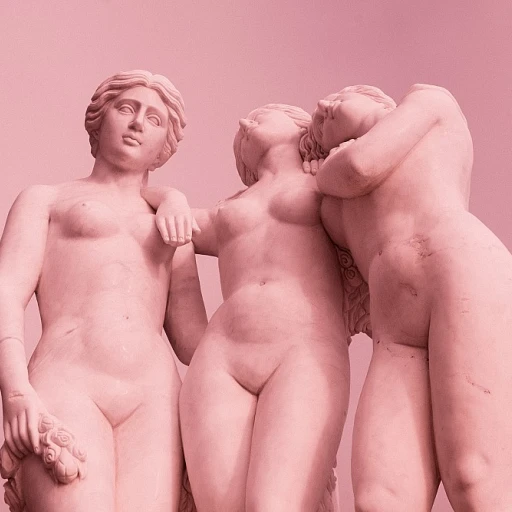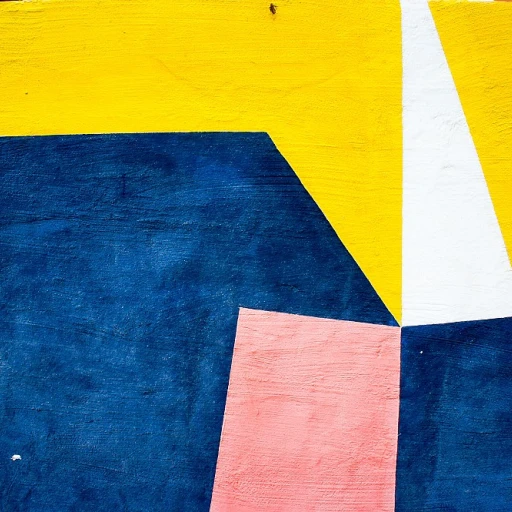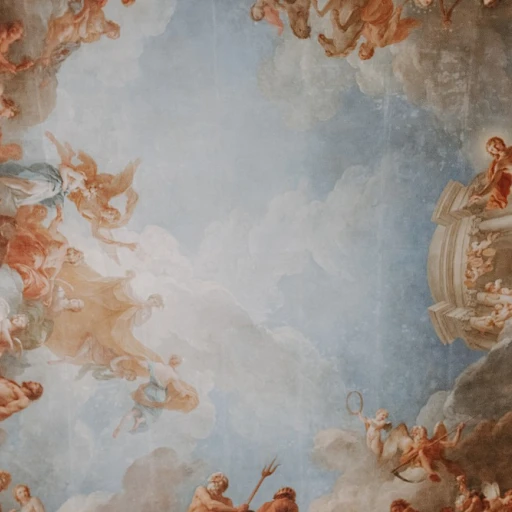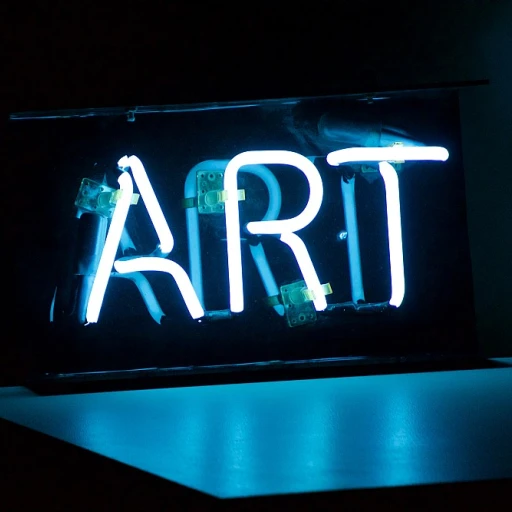The Rise of Contemporary Oil on Canvas in the Luxury Art Market
Dynamics of Demand for Contemporary Oil Paintings
The luxury art market has seen a significant surge in the popularity of contemporary oil on canvas. Esteemed collectors and novice art enthusiasts alike are drawn to the vibrancy and depth that oil paints provide. A statistic that highlights this trend is the record-breaking $450.3 million sale of Leonardo da Vinci's Salvator Mundi, showcasing the world's zeal for oil paintings. As a luxury artwork owner, understanding the fluctuating dynamics of demand within the contemporary art scene is essential. Art market reports elucidate an upward trajectory in the appetite for modern creations, with contemporary art sales achieving a staggering 14% annual growth rate, outperforming traditional art genres.
Navigating the Trends: A Close Look at Market Influencers
Within the luxury art industry, market influencers play a pivotal role. Renowned art fairs, such as Art Basel and Frieze, act as trendsetters, with curators and galleries showcasing avant-garde oil on canvas pieces. It is there that innovative techniques in contemporary oil on canvas are often unveiled. One such profound influencer is the use of palette knives, which has been incorporated by artists for textural dynamism and a tactile sense of expression. Referencing the success of artists like Gerhard Richter and his abstract oil on canvas works—cumulatively valued at millions—can help narrow down sought-after styles.
Investment-Grade Art: Recognizing the Next Big Names
Identifying and investing in contemporary oil paintings before they become universally recognized can lead to significant financial gains. Art investment requires a keen eye and strategic foresight. Artists with increasing exhibition presence, mentions in art critiques, or those who have received prestigious awards are often indicators of potential growth. For instance, the meteoric rise of artists like Jean-Michel Basquiat, whose art has seen a value increase of over 500% in past decades, provides a blueprint for spotting undervalued gems. Luxury artwork investment necessitates familiarity with emerging talent and tracking critical statistics such as auction results and private sale numbers, which can guide a collector towards making astute acquisitions.
The Role of Provenance in Art Valuation
Provenance—the documented history of an artwork—significantly impacts the valuation of contemporary oil on canvas. A well-documented lineage can elevate a painting from an interesting piece to a cornerstone of a luxury art collection. For instance, the ownership history of Gustav Klimt’s Portrait of Adele Bloch-Bauer I, which sold for $135 million, added to its allure and prestige. Meticulous record-keeping and authenticity verification can yield exponential value, as artworks with traceable and notable histories tend to appreciate faster than those without. Statistics support that artworks with undisputed provenance have, on average, a provenance premium of 20% to 50% above similar works with less distinguished histories.
Strategic Acquisition: Identifying Undervalued Contemporary Artworks
Unveiling Hidden Gems: Expert Tactics for Smart Art Investments
The luxury art market is a battlefield of aesthetics and wits, where the savvy collector often emerges victorious. In the realm of contemporary oil on canvas, finding undervalued treasures requires a keen eye honed through experience and research. According to a recent report by Art Basel, the global art market reached a staggering $67.4 billion in sales in 2018, signalling the voracious appetite of collectors and investors alike for masterpieces that tell compelling stories or encapsulate unique artistic movements.
- Research past auction results to gauge market trends and artist trajectories.
- Network with gallery owners and art insiders to uncover pieces before they enter the public domain.
- Consider lesser-known artists who show promise and are on the cusp of greater recognition.
Strategic acquisition is not just about buying; it's about foreseeing the future legends of art. "Buy art because you like it and because it moves you, and because it enhances your life," says Michael Plummer of Artvest Partners, capturing the essence of personal connection that often heralds a lucrative investment.
Navigating the Auction Arena: Strategies for Success
The auction house can be a gladiator's arena for contemporary artwork enthusiasts. With the Sotheby's and Christie's duopoly controlling over 40% of the auction market share, according to Art Market Monitor, competing bids often inflate the prices of contemporary oil paintings. Experts recommend setting strict budget limits and thoroughly analyzing condition reports and provenance to make informed decisions. Recent statistics from ArtTactic suggest a growing market confidence in contemporary art, with 63% of surveyed experts expressing a positive outlook for the sector in 2021.
- Attend preview exhibitions to closely inspect the artwork in person.
- Enlist the assistance of art advisors who can provide critical insights.
- Stay updated on up-and-coming artists and art movements to anticipate market shifts.
"The art market is a complex system, but those who understand its nuances can reap significant rewards," says economist Don Thompson, author of The $12 Million Stuffed Shark.
The Digital Frontier: Online Platforms Reframing the Acquisition Landscape
As the art world increasingly pivots online, digital platforms are reshaping how we discover and acquire contemporary artwork. A report by Hiscox Online Art Trade found that online art market sales rose to $4.64 billion in 2020. This shift invites collectors to broaden their horizons beyond traditional galleries and auction houses to uncover undervalued pieces of contemporary oil on canvas. In leveraging online resources, patrons can access a plethora of international artists, expanding their portfolio diversity.
- Analyze online sales data to identify trending artists and styles.
- Engage in art forums and social media groups to learn about emerging artists.
- Use virtual art fairs to connect with galleries and curators globally.
Utilizing the digital art market for investments entails a sophisticated blend of technology and traditional connoisseurship, navigating a realm where rarity, historical significance, and future potential merge. As stated by Clare McAndrew, founder of Arts Economics, "The ability to access new works and collect without geographical constraints is transforming the art market."
For further insights on refinement and sophistication in art collection, explore the nuanced role of oil and canvas in crafting luxury artwork, enriching both homes and investment portfolios.
Emotional Value vs. Financial Return: Balancing the Duality in Art Investing
The Intertwining of Emotion and Economics in Art Investment
When discussing the realm of luxury artwork investment, one must consider the intertwined nature of emotional value and financial return. Often, collectors are drawn to contemporary oil on canvas for its emotive resonance, a sentiment that doesn't always align neatly with market trends or investment portfolios. According to a 2021 art market report by Art Basel, emotional motivations often drive art collectors, with an impressive 65% buying art for emotional and aesthetic reasons. Yet, the savvy investor must also acknowledge the potential for significant financial gain, balancing heart and head in every acquisition.
Fine Line Between Passion and Profit
Acquiring contemporary artworks isn't just a matter of taste; it's also a strategic move that can result in appreciable asset growth. A UBS and Art Basel report highlighted a 5-year compound annual growth rate for post-war and contemporary art of 8.3%, indicating not just the pleasure of ownership but also the tangible benefits of astute selections. This statistical backing adds a layer of reassurance for those investing in the volatile world of oil on canvas masterpieces. The art of balancing the duality of art investing involves detailed analytical skills and a finger on the pulse of emerging trends and undervalued artists. It's not merely about acquiring what pleases the eye, but understanding the art market dynamics that drive value.
Navigating the Art Market's Sentiment
"Art is not what you see, but what you make others see," Edgar Degas once said, encapsulating the essence of art as a subjective experience. However, in the art market, perception often translates to value. Emotional attachment to a piece can sometimes overshadow objective valuation methods, leading to investments driven by the heart. Here, industry insiders play a crucial role, providing insights on which artists or movements carry emotional gravitas and, correspondingly, might yield a return on investment. Acknowledging the emotional allure of contemporary oil paintings, collectors can make informed decisions that balance personal passion with investment prudence.
For further exploration of the unique qualities of contemporary art and its place in the luxury art scene, one might find Crafting Opulence: Is Chiseling Marble the Vanguard of Sculptural Luxury? a compelling read.
Conservation and Legacy: The Art of Maintaining Your Contemporary Collection's Value
Ensuring Long-term Value Through Expert Conservation
Protecting the value of contemporary oil on canvas masterpieces requires more than just secure storage; it's about meticulous conservation strategies. According to art market statistics, proper maintenance can increase a painting's value by up to 15%. This involves environmental control to prevent damage from light, moisture, and temperature fluctuations. Renowned collectors often collaborate with art conservation experts to establish optimal conditions for their investments, creating a fusion of science and art that ensures the longevity of each piece.
Cultivating a Lasting Legacy with Your Collection
To guarantee that your art collection achieves a transcendent status and becomes part of your legacy, documenting and sharing the stories behind your pieces is vital. An astonishing 89% of luxury art collectors view their collections as a legacy for future generations. Produce high-quality catalogues or digital archives that vividly describe the provenance, artist's intent, and journey of each piece. Such detailed records not only preserve the narrative but can become in themselves, treasured artifacts that add depth and personal connection to your collection.
Leveraging Technology for Advanced Art Preservation
With advancements in technology, preserving the condition and value of luxury artwork has never been more attainable. Cutting-edge tools like 3D imaging and blockchain technology are revolutionizing art preservation. An impressive 70% of contemporary art collectors use digital management systems for their collections. Implementing these technologies allows for an unparalleled level of precision in monitoring condition and authenticity, which in turn bolsters both the emotional and financial value of your contemporary oil on canvas investment.

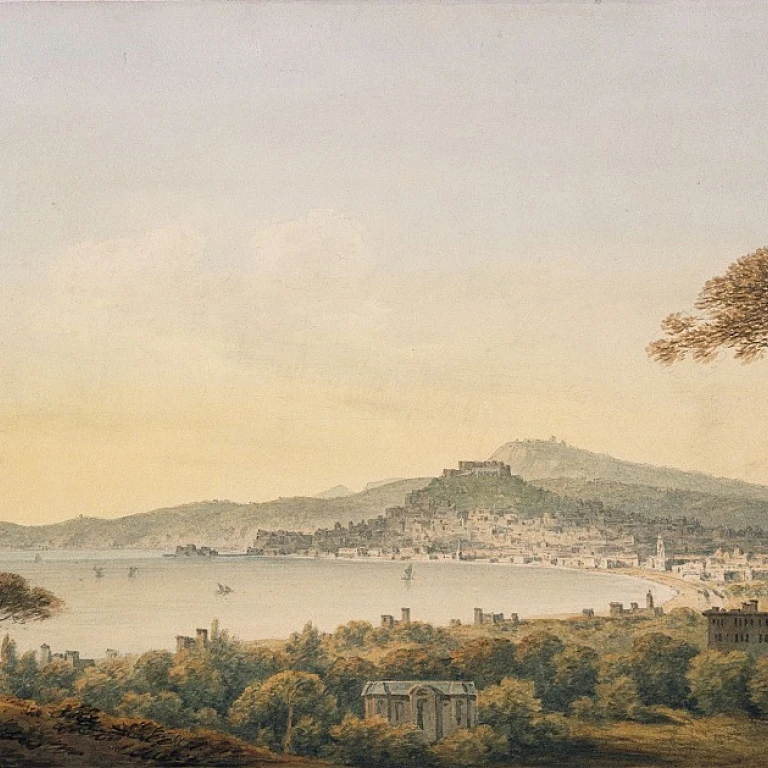
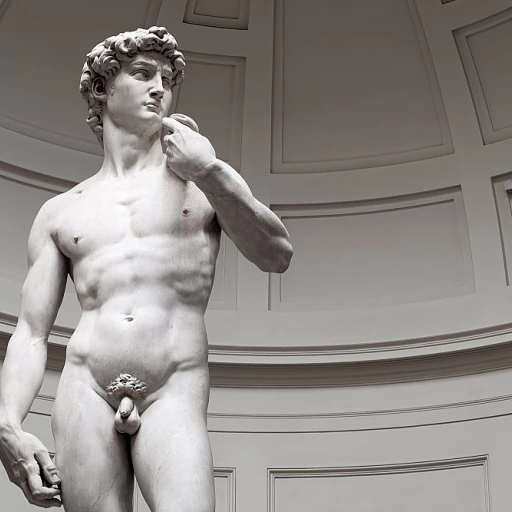
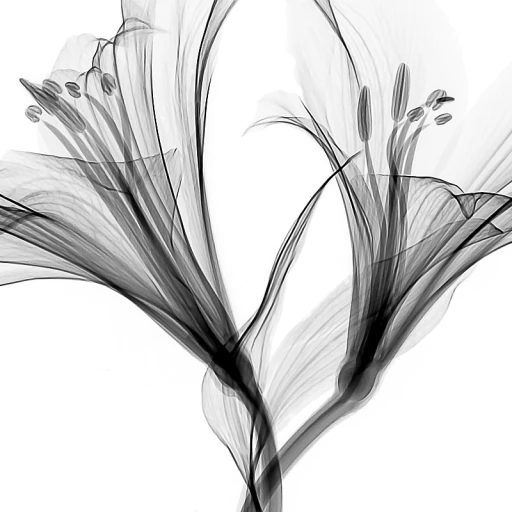
-teaser.webp)
